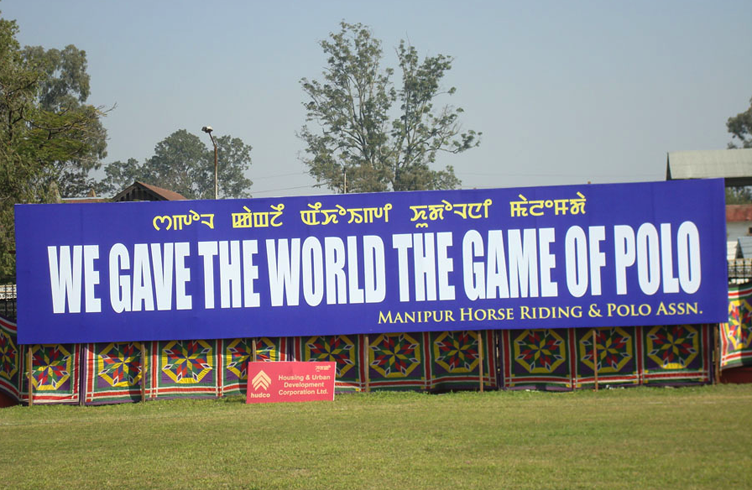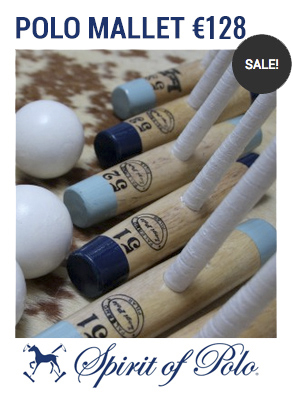The 9th Manipur Polo International 2015 tournament organized by Manipur Horse Riding & Polo Association will be held from November 22nd to 29th 2015 at the Imphal Pologround, Manipur.
The Manipur Horse Riding & Polo Association was created in 1977 in order to save Manipouriens Horses, the original polo horses, which were in danger of extinction in the country, like the sport itself .
Today, the Association is affiliated with the Indian Polo Association, the Hurlingham Polo Association and over 33 polo clubs.
Last year, the 8th Manipur Polo International was a great success, 7 international teams participated in the tournament.
This year’s tournament will be played on the famous Imphal Pologround, the oldest polo ground in the world, otherwise known as the Mapal Kangjeibung.
If you would like to participate, don’t hesitate to contact us!
Some information to understand the history of Manipur…
As you can see, just in front of the official grandstand, a vast banner declared : WE GAVE THE WORLD THE GAME OF POLO.
In fact, Manipur folklore has it that the ancient version of its polo or sagolkangjei (literally, horse and stick, and played to this day) began nearly 4,000 years ago. As one of the authors of the tournament’s 60-page souvenir booklet acknoledges, the game and the polo pony « … have been an integral part exclusive to Manipuri civilization, its culture and nation building, diligently written down in manuscripts … The Pony is symbolized allegorically as the fountain of the creation of man himself … The handle of the polo mallet symbolizes the phallus of the creator and its intrusion into the head of mallet represent the union of the Gods and the act of Creation. The polo ball represents the sperm of Asiba (the first son of the creator of the Manipuri kingdom) and game of creation is played on the womb of Mother Earth. Sagol Kangjet or Manipuri polo therefore symbolizes the procreation myth and thus has to be played with the utmost sanctity… »
As the 19th century unfolded, British-rules India established relations with neighboring kingdoms rules u Indian princes. British army officers, starting with Captain Robert Pemberton in 1835 and followed by William McCullock in 1840, were the first Britons to witness and describe Manipuri polo.
In 1859, supported by expatriate Manipuri princes in neighboring Assam, the two officers Robert Stewart and Joseph Sherer (credited ever after as the father of English polo) founded the first modern polo club, and in the early 1860’s introduced the game to Calcutta from where it was swiftly adopted by the entire Indian subcontinent, from British and Indian cavalry regiments to neighboring princely states. 1869 saw British cavalry teams play the first impromptu game in England, where the rules of modern polo were drafted, following which, in the 1870s, it was promoted to the world at large. Thus was sagolkangjei the very cradle to the modern game.
For two millennia sagolkangjei was central to Manipur’s sense of its national identity. From the mid-20th century, however, when it was unwillingly absorbed into the newly independent state of India, its polo has declined . Its new political masters in New Delhi had no sympathy for the practitioners of a game associated with royalty and wealth, whether in India or further afield.
Rough polo is now resurgent in India as a whole, in Manipur the decline continues. A recent survey estimated the pony population at less than 1,000 and forecast its ultimate extinction. Why ? According to the souvenir booklet, the once abundant grasslands that substained the pony are now largely converted to growing rice and other cash crops. Ponies straying onto cropland now risk the wrath of subsistence farmes indifferent to ther plight, including mutilation and death
To halt and reverse the waning Manipuri pony population, the MHRPA, supported with some government funding, has established a stud outside Imphal of 40 mares annually bearing some 30 foals. Welcome as are sales of some of the progeny, with buyers paying at least $600 per pony, it is not enough for the stud to pay its way.
To encourage foreign teams to contest the 2012 low-goal tournament, and by so doing draw the attention of the global polo community to the plight of the Manipur pony, the MHRPA enlisted to its cause Nicholas Colquhoun-Denvers, the former chairman of England’s Hurlingham Polo Association and current Deputy President of the Federation of International Polo.
If you want to know more about the Origins of Polo described by Chris Ashton, click here!










